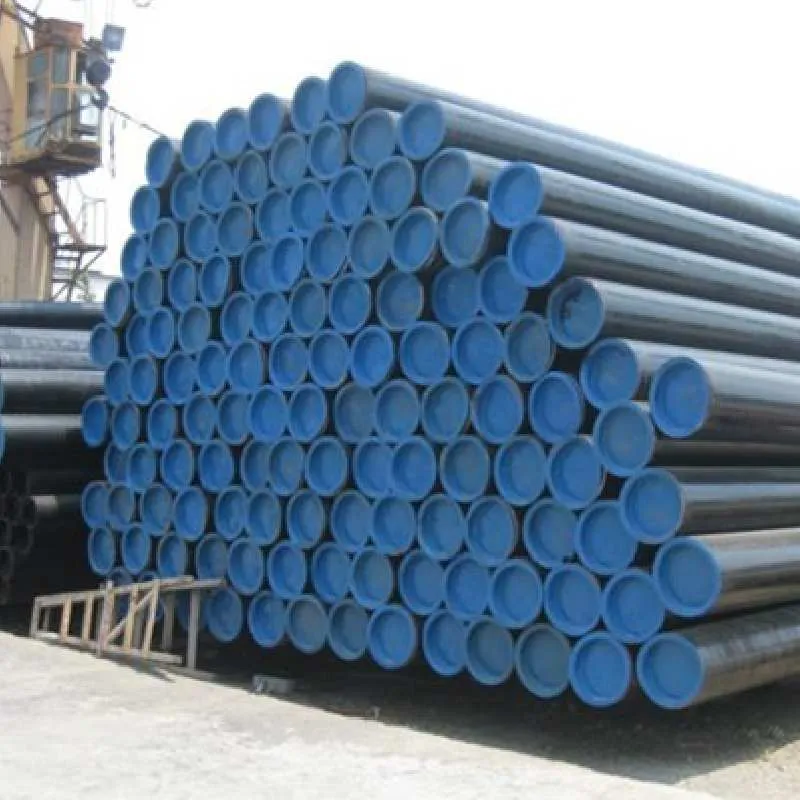Current location:
api x60
Date:2025-08-17 18:16:55 Read(143)

Understanding Flanges A Focus on 200mm Flanges Flanges play a pivotal role in modern engineering and construction, acting as crucial components that facilitate the safe and efficient connection between pipelines, valves, and other equipment. Among various sizes available, the 200mm flange stands out as a commonly utilized option, especially in industrial applications. Understanding its design, materials, applications, and advantages can help engineers and contractors make informed decisions when selecting flanges for their projects. Definition and Purpose A flange is a flat piece of metal that is attached to the end of a pipe, valve, or other machinery to allow for the secure connection to another component. This connection is often sealed with a gasket to prevent leaks. The purpose of a flange is to provide a strong, reliable interface that can withstand pressure and temperature variations without failing. The 200mm flange, which refers to its nominal diameter, is suitable for a wide range of applications due to its balance of size and strength. Design and Standards Flanges come in various designs, including weld neck, slip-on, blind, and threaded, each suitable for different scenarios. The 200mm flange is often produced according to specific standards such as ASME (American Society of Mechanical Engineers), DIN (Deutsches Institut für Normung), and ANSI (American National Standards Institute). These standards dictate crucial parameters, including the flange’s dimensions, bolt holes, thickness, and pressure ratings. For example, a standard 200mm flange may have a pressure rating that allows it to handle significant internal pressure, making it ideal for high-demand environments such as oil and gas, water supply, and chemical processing. Material Selection flange 200mm The choice of material for a 200mm flange is critical, as it impacts the flange's durability, resistance to corrosion, and overall functionality. Common materials include carbon steel, stainless steel, alloy steel, and plastic composites. For instance, stainless steel flanges are favored in corrosive environments due to their resistance to rust and chemical attacks. Conversely, carbon steel flanges may be chosen for high-strength applications where cost-effectiveness is a priority. Applications 200mm flanges are versatile and find usage across various sectors. In the oil and gas industry, they are used to connect pipelines transporting crude oil, natural gas, or refined products. In water treatment plants, 200mm flanges are essential for joining pipes that carry potable water. Additionally, in the HVAC industry, these flanges are used in ducting systems, ensuring that air flows efficiently through large ventilation networks. Advantages The adoption of 200mm flanges offers several benefits. Firstly, their robust design can withstand high pressures and temperatures, providing a safe and secure connection. Secondly, flanges allow for easy maintenance; components can be disassembled without cutting pipes, which is crucial in facilities where system modifications or repairs are needed frequently. Lastly, using standardized flanges ensures compatibility with various equipment, streamlining inventory management and procurement processes. Conclusion In summary, the 200mm flange is an integral component in various industrial applications, serving as a reliable means of connecting pipelines and equipment. Understanding the design standards, material choices, applications, and advantages of this flange size is essential for professionals in the field. By selecting the appropriate flange, engineers can ensure the safety, longevity, and efficiency of their systems, underscoring the importance of this seemingly simple yet fundamentally vital component in modern infrastructure.
Share:
Kind tips:The above content and pictures are compiled from the Internet and are for reference only. I hope they will be helpful to you! If there is any infringement, please contact us to delete it!
You may also like
- Concentric Reducer Pipe for Efficient Fluid Flow and Space Optimization in Piping Systems
- en1092 1 01
- Current Pricing Trends for 2 Inch Galvanized Pipe in the Market Today
- Curved Steel Tubing Solutions for Enhanced Structural Applications and Design Flexibility
- Exploring ANSI CL150 for Enhanced Color Display Techniques in Modern Applications
- Exploring the Features and Applications of 4% 150 Flange Standards in Industry
- Exploring the Versatility and Applications of 15mm Threaded Couplers in Modern Projects
- China's Pipeline Industry Key Players, Market Trends, and Growth Opportunities in 2021.
- Current Pricing Trends for 2 Inch Galvanized Pipe in the Market Today